I am attempting to create an archive .ipa for distribution via testflight. The archive creates, and I choose export, then choose ad hoc, then select my team. However, at this point I get the below screen.

I know that my certificate is valid, as I created an .ipa in xcode 5 with a different provisioning profile about 2 hours before I downloaded xcode 6 GM. I also know that my provisioning profile is valid and connected to said certificate.
Thing is, in xcode 5 it didn't ask for a team; it only asked for a provisioning profile. Now, export asks for a team, which I provide. Also, of course I have a valid iOS Distribution certificate. I'm using it in the build settings to sign my application. Seems like a strange error to get
Any help would be greatly appreciated.
